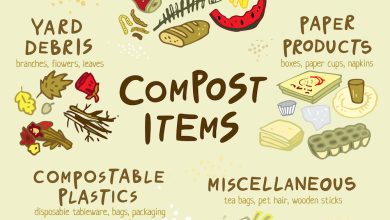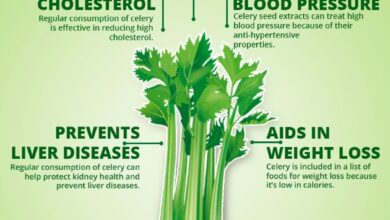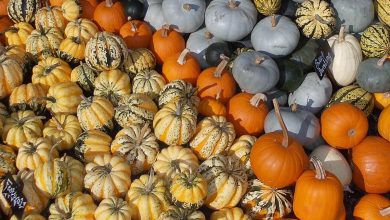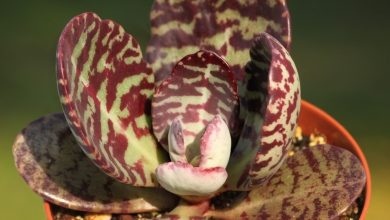How to grow Endive: Tricks, guide and practical tips
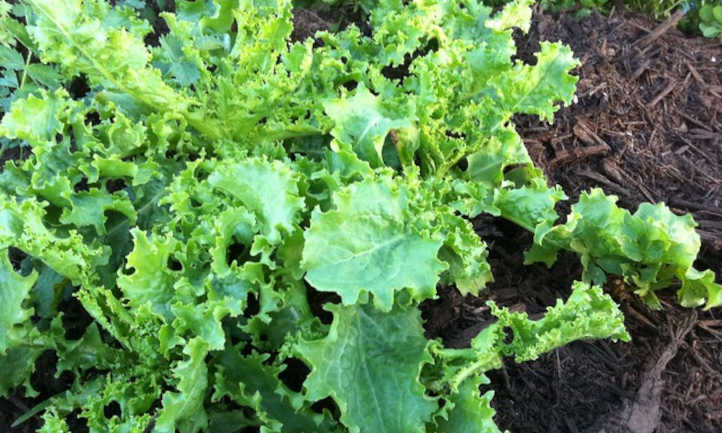
Hi Farmers. In this article we are going to explain everything you need to grow escarole: suitable temperatures, type of soil you need, preparation of the land, sowing, irrigation and much more. We will also talk about the bleaching technique, very common in leafy vegetables.
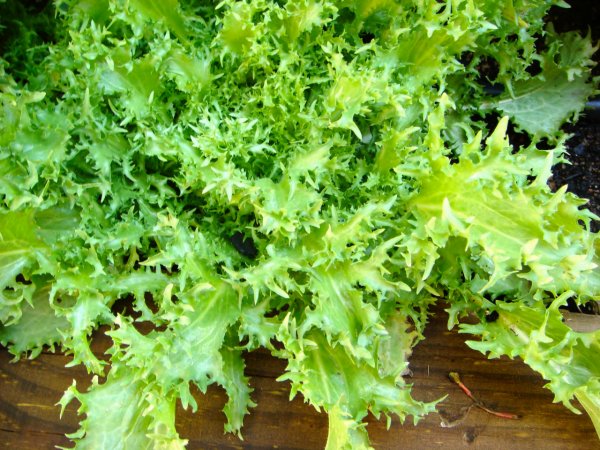
endive characteristics
Escarole is a vegetable of the Asteraceae family, commonly known as Compositae, therefore it will be a fact to take into account when associating it with other orchard crops or including it in rotations. Its botanical name is Cichorium endivia, since it is considered to be a variety of chicory. It is a very popular vegetable for consumption fresh or as an IV range product.
What is the most suitable climate?
Escarole can be grown almost all year round in much of the Mediterranean area, except in some areas of the plateau and in the north where the use of greenhouses is necessary due to low temperatures.
During its cultivation, the ideal temperatures are between 14 and 18 ºC during the day and between 6 or 8 ºC at night. Although, it is capable of withstanding maximum temperatures of 30ºC and minimum temperatures of 0ºC, although it is not recommended.
As for rainfall and humidity, they will not be a determining factor, since it is a crop that requires irrigation. Obviously, if our orchard is in an area with low rainfall, the amount of water that we will need to provide through irrigation will be greater.
What type of soil is more appropriate?
Endive prefers loamy or clayey soils, with a pH between 6 and 7, being more tolerant to acidity than alkalinity. It is sensitive to saline soils or soils with moderate amounts of sodium, as they could cause necrosis and fringing of the leaves.
Endive associations with other crops
Companion planting is an agricultural technique that consists of growing different plants that are compatible with each other at the same time and in the same place. In this way we can achieve benefits, such as better use of the soil, light and nutrients and a decrease in the proliferation of pests and weeds.
In the case of escarole, these would be some vegetables with which it would form a beneficial association: eggplant, strawberries, leek, turnip, onion, cabbage, and garlic. In contrast, we should avoid associating it with crops of the same family or other leafy vegetables.
How to grow escarole step by step
1. Land preparation and fertilization
Escarole is a crop that requires organic matter, so we can pay with compost or well-decomposed manure before planting. This task would not be necessary if we have included escarole in a rotation and the previous crop was already manured. For this reason, the amounts of fertilizer vary considerably from one orchard to another, depending on the associations and the type of soil, among others.
In addition, in this step we must make the grooves and see where we are going to place each plant
2. Planting and transplanting
Normally, endive is planted in seedbeds and, later, it is transplanted to the final land. For sowing in the nursery we can use polystyrene trays with a pyramidal alveolus, where we will introduce the seeds so that they germinate.
In this post you can find more detailed information on how to make a seedbed, what materials to choose and what is the best substrate: How to make a seedbed step by step: Containers, seeds and substrate
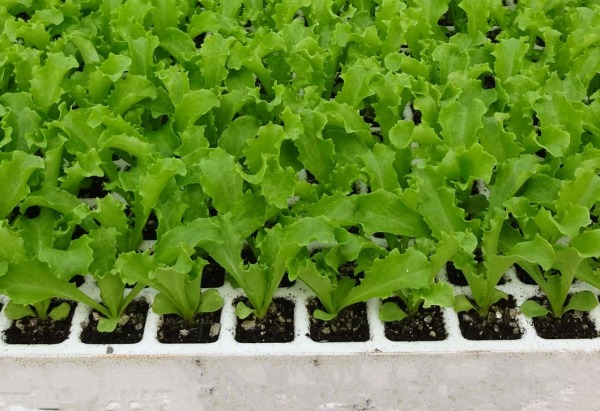
At this point, the optimum temperatures must be between 18 and 20 ºC with a relative humidity greater than 90%. When the seedlings have 5 or 6 leaves and about 5 cm in height, we must carry out the transplant. Normally this happens after about 30 or 50 days from sowing, depending on the area and time of year.
3. Plantation
In this step we must plant the escaroles in the final land. To do this, we must take into account that the separation between plants should be about 30-40 cm, and the distance between rows about 20 cm. Next, we must water without flooding the ground.
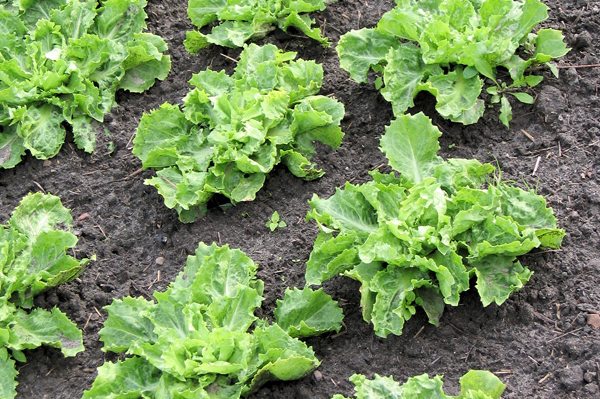
During the first phases of the crop it is important that the temperatures are between 16 and 25ºC, since temperatures below this range can induce the premature rise of the flower.
weed removal
The elimination of weeds is fundamental in the cultivation of escarole, since they could enter into competition with it, in addition to being a refuge for pests. To eliminate weeds, we have several alternatives, among which mulching or padding stands out. This technique consists of protecting the soil using different materials, such as organic padding or plastic covers.
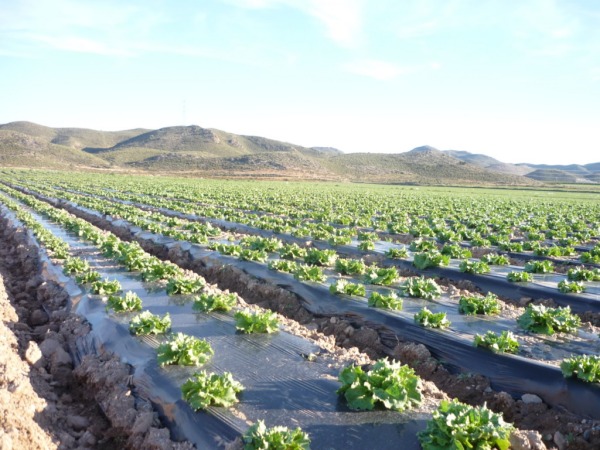
In addition to eliminating weeds, with this technique we will obtain other benefits such as protection against sudden changes in temperature, reduction of erosion and increased humidity.
Irrigation
Endive is a crop that requires irrigation throughout the cycle, although these needs will be greater during the first week after transplanting. We must maintain a constant humidity but ensuring that the soil does not become waterlogged, as this could lead to root diseases and a higher incidence of fungi.
During the rest of the cycle, frequent but not too abundant watering is recommended, so that the soil remains moist. This task should be done every other day or so in the early mornings or late afternoons.
As an irrigation system we can opt for sprinkling or dripping. In these two articles we talk about them in more depth, describing their advantages so that you can decide the most convenient: Sprinkler Irrigation: Advantages and Disadvantages | How to Water the Garden and Drip Irrigation: What it is and how it works. Types of drip irrigation and advantages.
Whitening
Blanching is a very common technique in leafy vegetables, whose objective is to achieve a paler color in the plant, so that the leaves are more tender and juicy. To do this, it is necessary that the sunlight does not hit the plant so directly so that it does not produce as much chlorophyll, which is the substance that provides the characteristic green color.
There are different techniques to perform bleaching, the most used are the following:
- Tying: consists of tying the endive leaves with a rubber band, thread or similar, so that the inner leaves do not receive light. The disadvantage of this technique is that we will not be able to whiten the outer leaves.
- Cap: this technique consists of using caps, usually made of plastic and with a hole at the top, to cover the escaroles, thus preventing them from receiving sunlight.
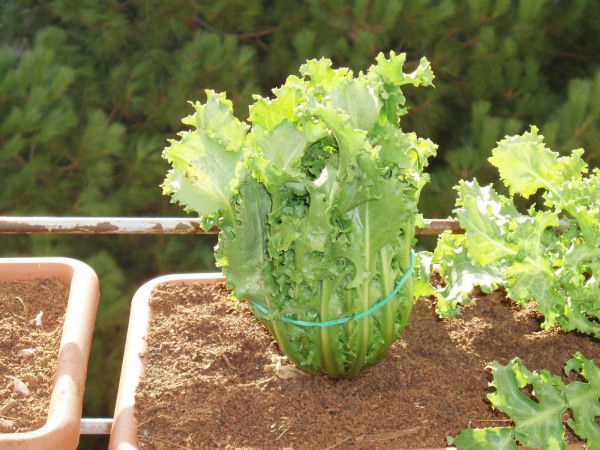
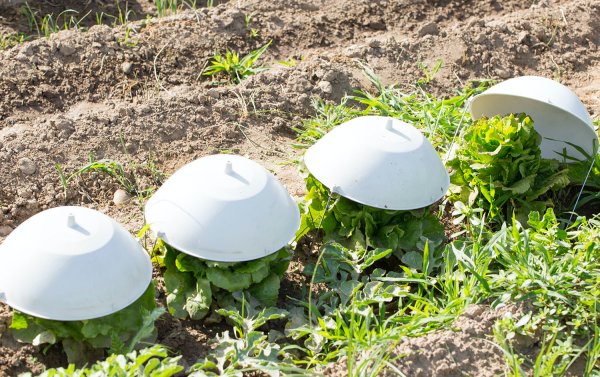
Bibliographic references
- Marhuenda, JA and García Vergara, J. Endive. Agriculture Series. Cajamar Caja Rural https://publicacionescajamar.es/uploads/cultivos-horticolas-al-aire-libre/11-cultivos-horticolas-al-aire-libre.pdf
- Ontario Ministry of Agriculture Food and Rural Affairs. (2012).Chicory root. OMAFRA http://www.omafra.gov.on.ca/CropOp/en/indus_misc/pharm/chic.html
- Patel, JR, JB Patel, PN Upadhyay, and VP Usadadia. (2000). The effect of various agronomic practices on the yield of chicory https://www.cambridge.org/core/journals/journal-of-agricultural-science/article/abs/effect-of-various-agronomic-practices-on-the -yield-of-chicory-cichorium-intybus/

